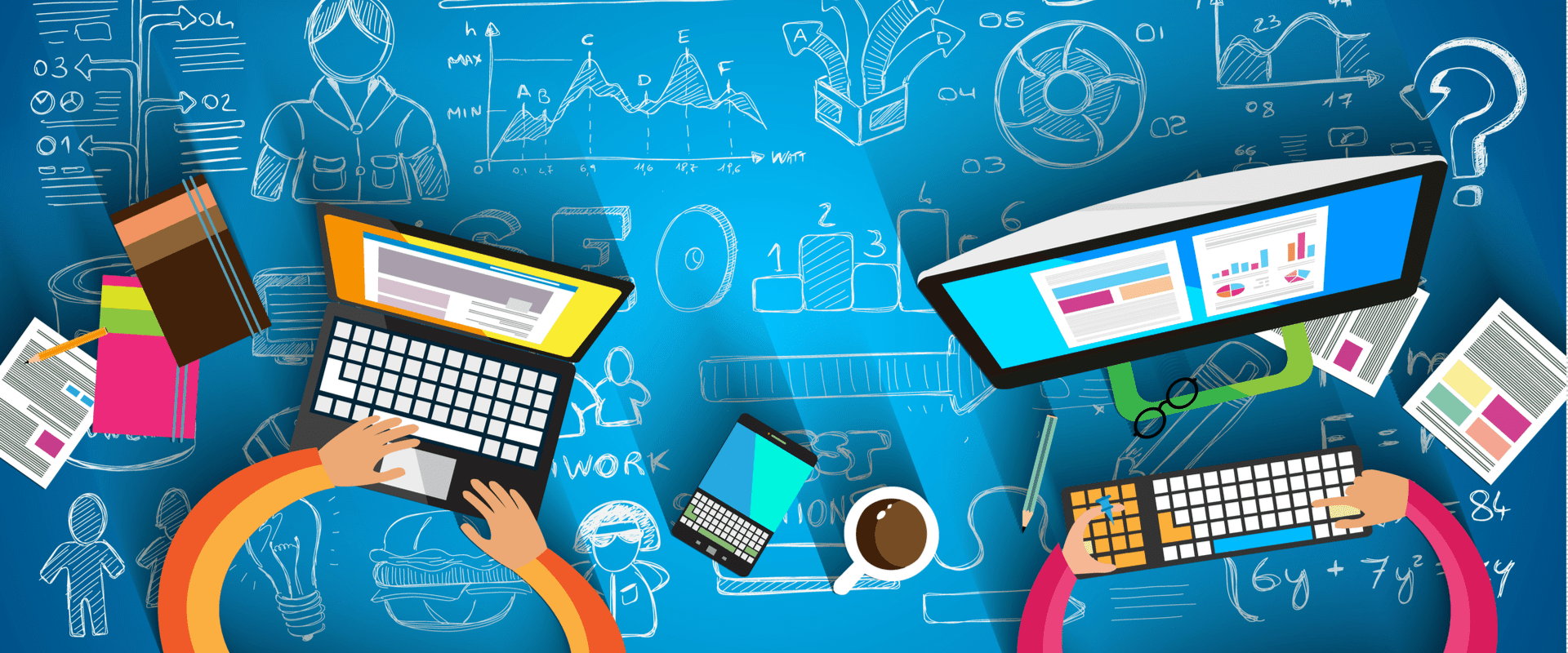Where Are You On The Digital Curve?
Digital transformation trends in the education sector
While technology has re-engineered huge swathes of our daily lives – the education sector has been much slower to adapt.
However, as educators recognise the wide array of opportunities it presents – not just for students, but for the business of education too – that is starting to change.
Technology has the power to support and transform education. Its reach is vast, and it can change how students experience subjects and learn, make it easier for teachers to prepare content and help educational leaders to better manage budgets and deliver positive outcomes. As the VP of education software giant Kaltura said: “Digital transformation impacts not just teaching and learning but all aspects, from marketing and enrolment through to course evaluation, digital room management and document management.“
Here are five key digital transformation trends impacting the very essence of education:
1. Greater use of personalised learning
The use of digital tools such as augmented analytics will allow teachers to gather student insights far more quickly, in turn helping to shape a more personalised experience that reflects the preferred style and pace of individual learners.
2. Interactive learning, augmented reality and virtual reality
Augmented and virtual reality is already sweeping the consumer market and it stands to provide more immersive experiences for students too, particularly as more free and affordable apps come on to the market. Virtual reality tours of world museums, augmented reality tours of the natural world and the use of gamification tools – facilitate opportunities for students to experience their field of study first hand, create their own knowledge and improve their imaginative reasoning, problem solving skills and creative knowledge.
3. Application of the Internet of Things (IoT)
The application of IoT will boost efficiency in education. From printers and equipment that can re-order consumables and predict maintenance, to sharing data about students’ grades in real time and collecting information about students’ homework habits – greater use of IoT will help educators to put more focus on the act of teaching, not administration, as well as improve savings, time-scales and faculty workload.
4. Changing role of the classroom and the modern campus
As educators begin to embrace digital transformation, they will need to create digital campuses and take a closer look at how they blend their digital and physical learning experiences and environments. More tech-integrated and flexible spaces will take the place of traditional classrooms, offering students the opportunity to switch between individual and group work with ease and supporting them in their new tech-enabled learning behaviours.
Andrew Kim WorkSpace Futures researcher said: “As we continue our research, it’s clear that the best places for education will bring people, technology and space together in innovative ways.“
5. Improved security
Information security is a major priority for education institutions and figures show that attacks from malicious outsiders seeking confidential student data are on the increase. While efforts to improve digital citizenship amongst students are already underway, the focus will now shift to educators themselves as they improve their digital skills and strive to match the security and digital-know-how of large corporate organisations. There will be greater focus on ensuring the right security protocols and technology controls are in place to protect servers, ensure secure printing and the safer storage and dissemination of student data.
Today’s students are digital natives. They have grown up surrounded by intuitive technology and expect to see their digital appetite and skills reflected in their educators, at both an institutional and individual teacher level.
However, before organisations embark on change and invest in new digital tools, software and services, it is important to remember the value of devising a strategy based around the end-user experience and the institution’s digital vision.
Finding the right partner to assess the organisations’ true needs, challenges and ambitions is a key part of this, as MP Damien Hind said: “Institutions have the power to choose the tech tools which are best for them and their budgets. But they can’t do this alone. It’s only be forging a strong partnership between government, technology innovators and the education sector that there will be sustainable, focused solutions which will ultimately support and inspire the learners of today and tomorrow.“
Digital transformation powers innovation, delivers operational efficiency and reinvigorates the learning experience – all vital to creating a digital campus that is worthy of future students’ investment. As institutions strive to compete and deliver a new generation of digitally-fluent talent into the world of work, it is crucial to embrace digital change now.
Discover how we can help you begin your digital transformation and embed digital thinking across all your faculties and departments.



